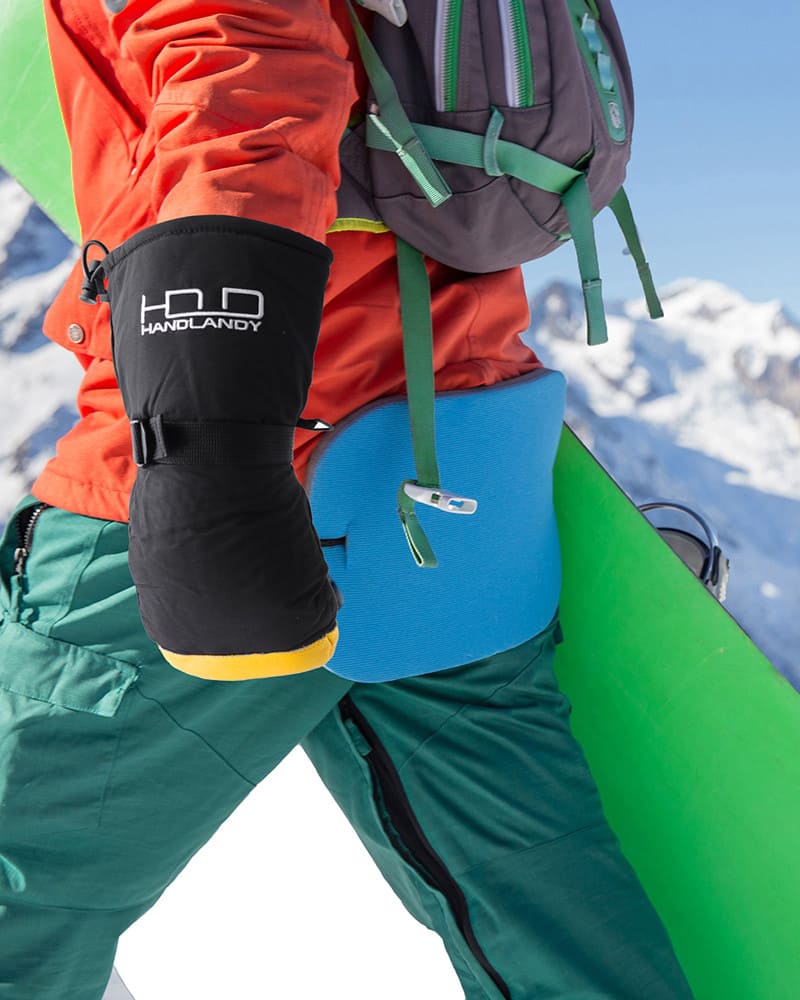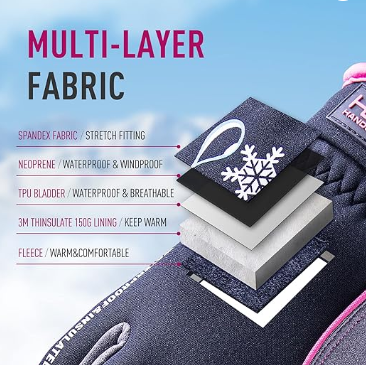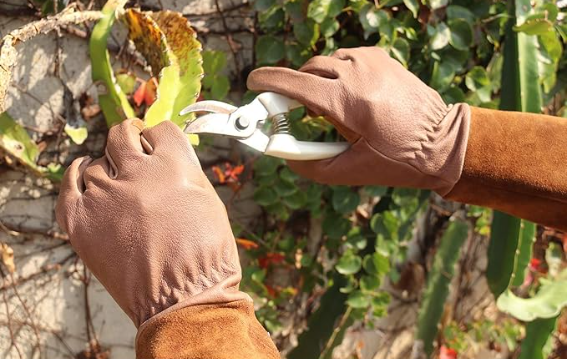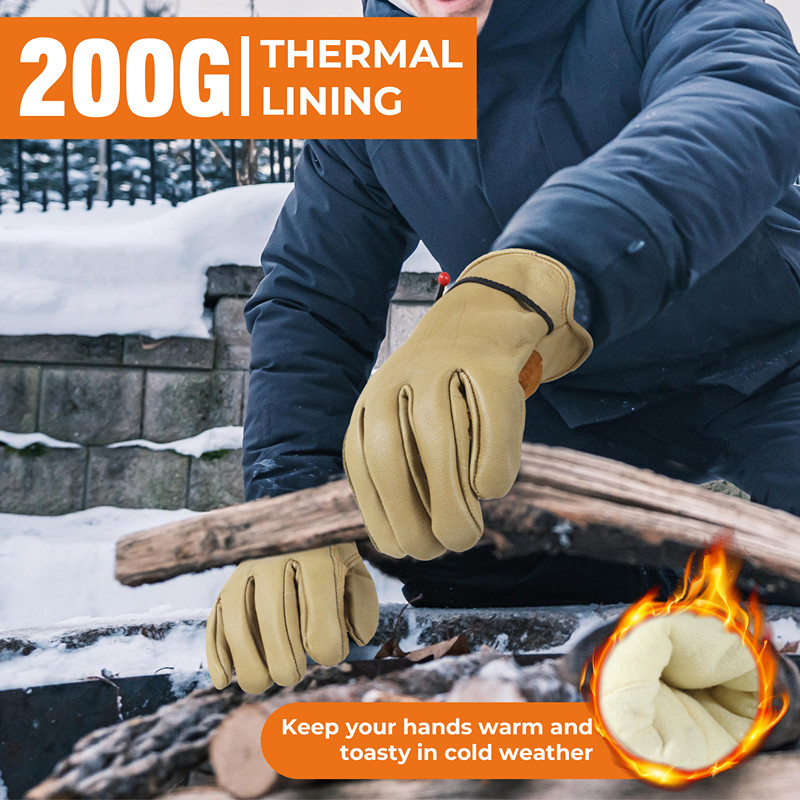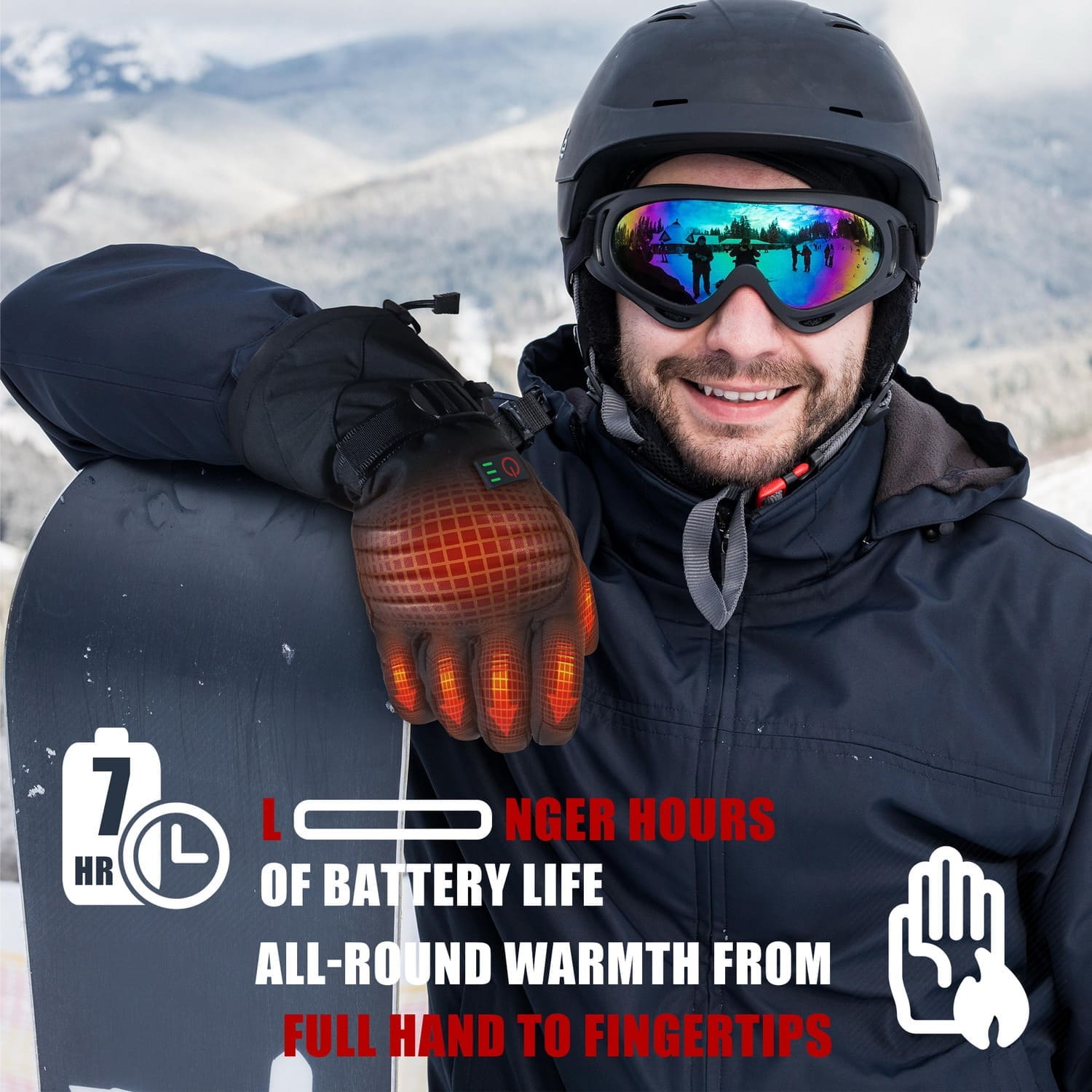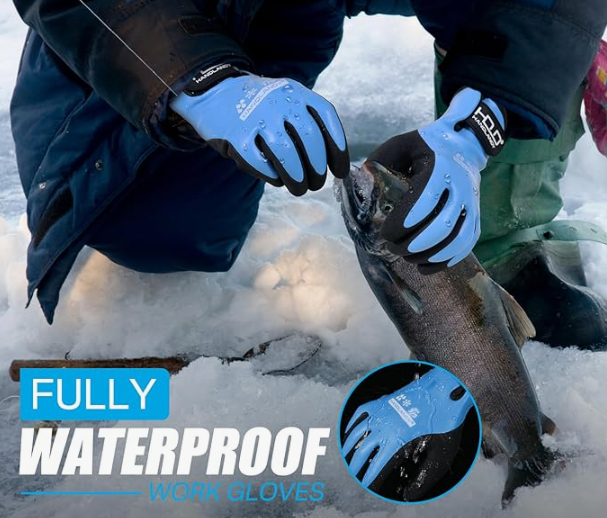When selecting gloves for winter weather or winter sports, it’s essential to understand the differences between winter gloves and ski gloves. Winter gloves are designed for general cold weather, while ski gloves are built specifically for intense winter sports with enhanced insulation, waterproofing, and durability. Choosing the right type affects performance, warmth, and overall comfort. Here’s a breakdown of what sets them apart.
What Are Winter Gloves?
Winter gloves are made for everyday use in cold weather. They are ideal for activities like commuting, light outdoor work, or short trips in cold climates. These gloves often prioritize basic warmth and comfort over high-performance features and are generally crafted from materials like fleece, wool, or simple synthetic insulations.
Key Features of Winter Gloves
- Insulation: Designed for moderate warmth, using materials like fleece or wool.
- Water Resistance: Winter gloves may be water-resistant, but not fully waterproof.
- Dexterity: Typically more comfortable and flexible but may lack reinforcement for tough conditions.
- Best For: Casual, low-intensity activities in cold but not extreme conditions.
What Are Ski Gloves?
Ski gloves are specifically designed for winter sports, like skiing and snowboarding, which expose hands to snow, moisture, and extreme cold. These gloves offer advanced insulation, full waterproofing, and reinforced durability to withstand rigorous outdoor activities.
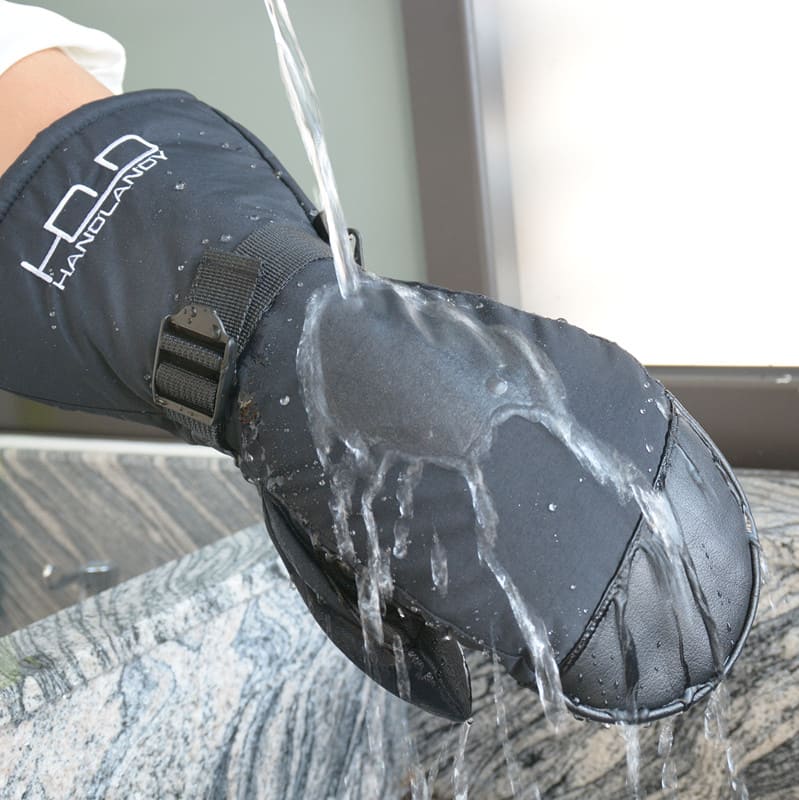
Key Features of Ski Gloves
- Insulation: High-grade insulation like Thinsulate™ or Primaloft to retain warmth in sub-zero temperatures.
- Waterproofing: Often feature waterproof membranes like Gore-Tex® to prevent moisture from soaking in.
- Reinforced Durability: Reinforced palms and fingers to withstand gripping ski poles, ropes, and rough terrain.
- Dexterity and Fit: Prioritize dexterity, allowing for easy handling of ski poles, zippers, and bindings.
- Best For: High-intensity activities in snowy, wet, and extremely cold conditions.
Key Differences Between Winter and Ski Gloves
- Waterproofing
Ski gloves come with waterproof membranes and outer shells designed to keep hands dry even in snow and wet conditions. Winter gloves may be water-resistant but are not typically built for prolonged exposure to snow or moisture. - Insulation
Ski gloves use advanced insulation materials to ensure warmth even in very cold temperatures. Winter gloves may use lighter insulation, which is sufficient for general cold weather but not for extreme conditions. - Durability
Ski gloves are reinforced with durable materials, especially in high-wear areas like the palms and fingers, to handle intense activities. Winter gloves, in contrast, focus on comfort and may not include these added reinforcements. - Dexterity and Fit
Ski gloves are designed for activities requiring grip and control, allowing for precise hand movements. Winter gloves, while flexible, may not offer the same level of dexterity for handling ski equipment or performing intricate tasks in the cold.
Choosing the Right Gloves for Your Needs
- Casual Cold Weather Use: Winter gloves are ideal for commuting, light outdoor activities, and general warmth. They’re comfortable and provide enough protection for regular cold weather without the added features for snow or intense activity.
- Winter Sports or Extreme Cold: Ski gloves are the best choice for activities like skiing or snowboarding. They provide superior insulation, waterproofing, and durability to withstand the demands of winter sports.
- Hybrid Needs: For those looking for versatility, consider layering a winter glove liner with a waterproof shell to adapt to both casual and sport-specific use.
Conclusion
Understanding the difference between winter gloves and ski gloves helps ensure that you’re choosing the best option for the intended activity. Winter gloves provide warmth and comfort for everyday use, while ski gloves are built for high-performance, offering enhanced insulation, waterproofing, and durability. Selecting the right glove type ensures warmth, comfort, and protection, no matter the winter activity.

